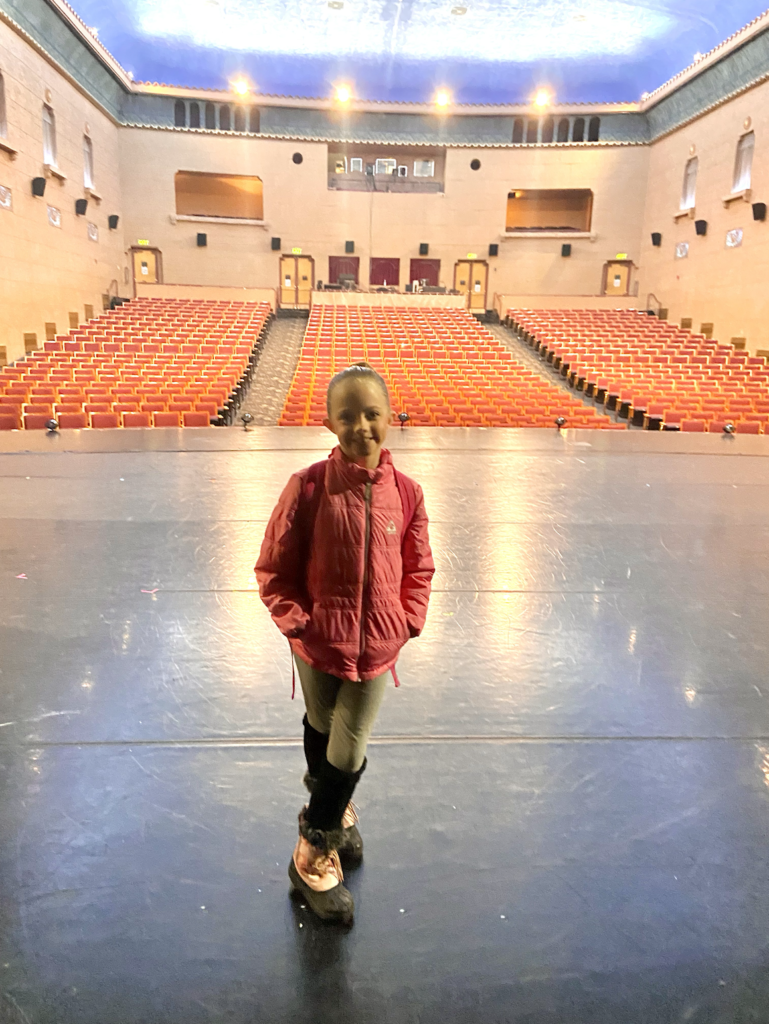Temporary Licensing Adjustments for Online Teaching & Resources for Spring!
How is everyone doing? I hope you and your loved ones are staying healthy! These sure are difficult times. I am loving all of the funny memes that are bringing a smile to people’s faces, and grateful for the internet to keep us and our students all connected while we are all practicing social distancing!

Important Licensing Adjustments for Online Teaching
With so many of us teaching online, I wanted to find a way for piano teachers to utilize my resources with the students they are now teaching remotely. I am temporarily adjusting my licensing agreements for my Shades of Sound books, Muscle Builder Books and other printable resources that you would usually print out and give to your students. During this time until things get back to normal (I am saying now through 4/30 but that could definitely be extended) I will allow you to email PDF files to your students for them to print out at home. You may only email these files to students who you teach directly, and you may NOT email any of the files to other teachers.
Now some of my resource files are too big to email. That is why I am creating individual PDF’s for my Shades of Sound books so that you may pick and choose which pieces you would like your students to listen to, and just send them those pages.
I feel that now more than ever, our students need to hear beautiful music in their life. Music has such a power to comfort and heal. While using the Shades of Sound curriculum, your students will not only be learning about music history and learning to appreciate classical music more, but the music and the coloring both have a power to calm, to uplift, to relax and to heal so many of the anxieties that we are all experiencing at this time.

I have created individual PDF files for both the Shades of Sound: Spring book and the Shades of Sound: Women Composers book. Those who have already purchased these resources have been notified as to how to download the files. Anyone who purchases these books will now receive in addition to the full PDF file, individual files that are smaller and easier to email to your students.
If you would like individual files of other Shades of Sound books to use at this time, please reply to this email and let me know! I probably will not create files for all of them unless there is a demand, so please let me know which ones you specifically will be using.
Shades of Sound: Spring!

This book introduces your students to 18 beautiful pieces of music that celebrate springtime! Composers such as Grieg, Vivaldi, Chopin, Bach, Scarlatti and many others are represented.
One of the pieces included is Ralph Vaughan Williams’ GORGEOUS piece The Lark Ascending. We need music like this right now! Click on the coloring page image below to take a listen.

Here are some sample pages from the book so you can see how it works:

Each piece includes the piece title, composer name, dates and nationality, and length of piece. Then there is a brief biographical sketch of the composer and background information about the piece. Finally a guided listening section called “What to Listen For.” Here is an excerpt:
About the piece: Vaughan Williams composed this gorgeous piece in 1914, but because of the outbreak of World War I it was not premiered until 1920. One of the music critics who heard the premiere stated that the piece “dreamed itself along.” Vaughan Williams based the piece off of a poem of the same title by George Meredith. He originally composed the piece for solo violin with piano accompaniment. He re-scored it in 1920 for solo violin and orchestra. Here is an excerpt of Meredith’s poem:
He rises and begins to round,
He drops the silver chain of sound…
For singing till his heaven fills,
‘Tis love of earth that he instils,
And ever winging up and up,
Our valley is his golden cup
And he the wine which overflows
To lift us with him as he goes….

The student then listens to the piece using the accompanying YouTube playlist (by scanning the QR code included in each file). They color a beautiful coloring page as they listen! This is the fun part! It really is a unique and wonderful way to experience the music. Students can also answer a couple of questions and rate the piece. This curriculum works because it uses all four learning modes. It makes the music engaging and memorable.
Other Resources for Spring
Although you probably won’t have a group class gathering right now, I wanted to mention this resource because it has some really great printable resources that could be emailed to your little students right now. I have updated the product to include individual files as well as the one large file with everything so you can temporarily email files to students you teach online.
The Spectacular Spring lesson plan includes printable flower crafts, a snack mat to practice keyboard topography or high/low, a printable high/low craft activity and a printable take-home book that teaches about Vivaldi and high/low.
Happy teaching, and stay healthy everyone!













































